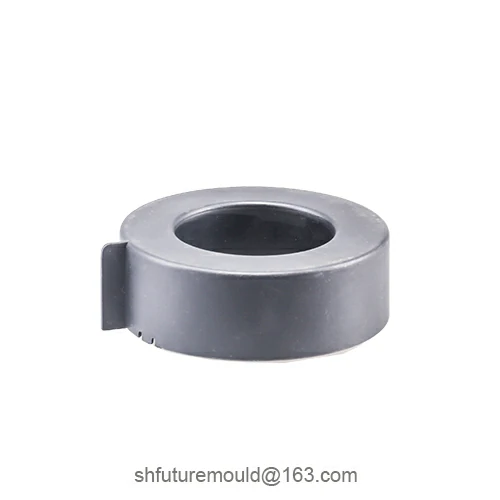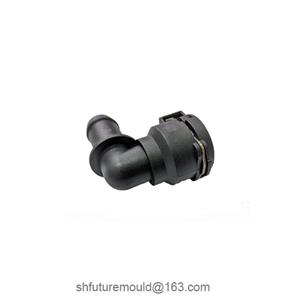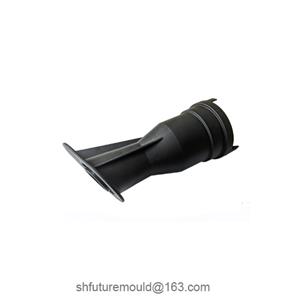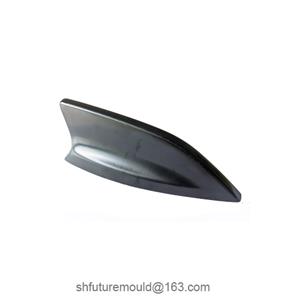How to Design the Venting Slot Layout in Injection Molds
In injection mold design, the layout of venting slots is critical for ensuring efficient air evacuation and improving molding quality. A well-planned venting slot layout not only effectively prevents defects such as air pockets, short shots, and burn marks but also extends mold lifespan and enhances production efficiency.
I. Importance of Venting Slots
1. During injection molding, air trapped in the mold cavity must be rapidly evacuated before and during the filling of molten plastic. Poor venting can lead to:
2. Air pockets and short shots: Bubbles on the product surface or incomplete filling in localized areas.
3. Surface burn marks: Sudden temperature spikes caused by compressed air, leaving scorched traces.
4. Extended cycle times: Unstable product quality due to incomplete gas removal.
II. Methods for Venting Slot Layout Design
1. Analyze the Filling Process
Identify air-trapping zones by studying the molten plastic’s flow direction within the cavity. Air typically accumulates in areas far from the gate, at bends, and where thickness transitions occur. Vent slots should be pre-designed in these critical areas.
2. Layout Strategies and Implementation
Primary venting slots: Place continuous slots along main runners to ensure rapid gas evacuation.
Auxiliary venting slots: Add localized slots in air-prone zones (e.g., deep cavities, cores, and cavity recesses) to form a secondary venting network.
Zoned design: For large or complex molds, divide the mold into zones with independent venting channels to ensure timely air removal.
3. Software Simulation for Optimization
Use flow analysis software to simulate the cavity-filling and evaluate venting effectiveness. Simulations verify layout rationality and help optimize slot geometry and dimensions.
III. Key Takeaways and Considerations
Positioning and orientation: Vent slots are best placed at the end edges along the filling direction and in recessed areas to ensure smooth airflow.
Slot geometry: Based on material properties and product requirements, choose straight slots, curved slots, or staggered layouts.
Process validation: Conduct trial molding tests after the initial design to validate venting performance and adjust the slot layout and parameters.
- Injection Mold
- Automotive Injection Mold
- Electronics & Electrical Injection Mold
- Consumer Goods Injection Mold
- Airplane Components Injection Mold
- Medical Components Injection Mold
- Irrigation Components Injection Mold
- Injection Molds




